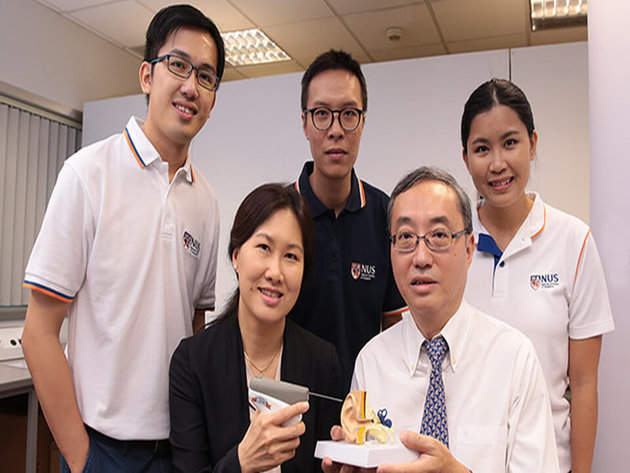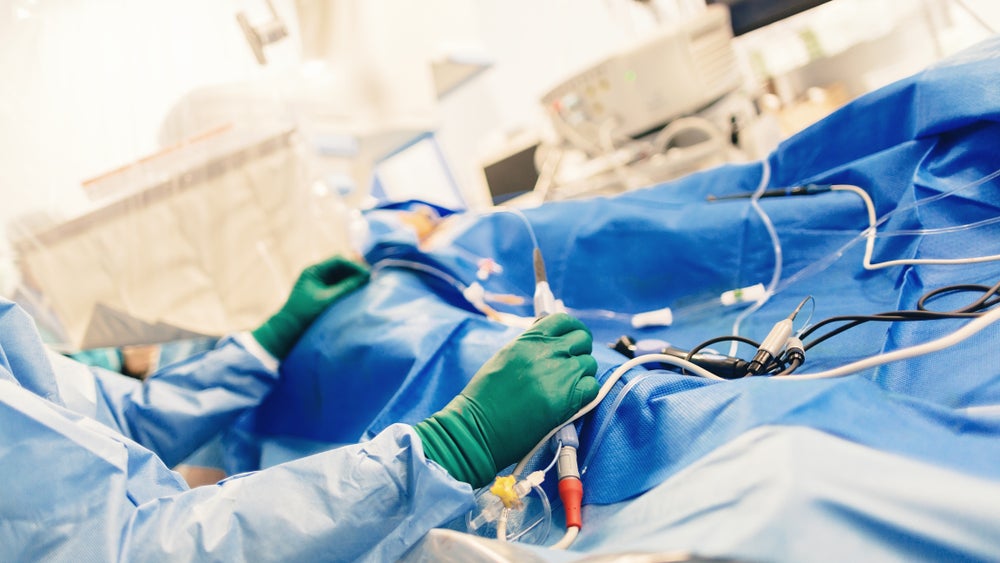

The National University of Singapore (NUS) has developed a new handheld device called CLiKX for the treatment of patients with Otitis Media with Effusion (OME) or glue ear.
Designed to improve surgical treatment of glue ear, the 185g sensor-guided device is a pistol-like applicator with a grommet tube that can be inserted into the ear within a single click.
How well do you really know your competitors?
Access the most comprehensive Company Profiles on the market, powered by GlobalData. Save hours of research. Gain competitive edge.

Thank you!
Your download email will arrive shortly
Not ready to buy yet? Download a free sample
We are confident about the unique quality of our Company Profiles. However, we want you to make the most beneficial decision for your business, so we offer a free sample that you can download by submitting the below form
By GlobalDataThe procedure can be performed in a consultation room under local anaesthesia or an operating theatre under intravenous conscious sedation without general anaesthesia.
The research team led by NUS Faculty of Engineering’s Electrical and Computer Engineering department associate professor Tan Kok Kiong, developed CLiKX to improve on the surgical treatment of OME.
Tan Kok Kiong said: “The motivation behind the development of CLiKX is to significantly reduce the recovery time and treatment cost for patients.
“By streamlining the manpower and resources required for surgical treatment of OME, healthcare resources could be deployed more efficiently for other treatments and procedures in hospitals.”
OME is characterised by a build-up of fluid in the middle ear, which requires drainage to avoid hearing impairment, middle ear bone erosion/tumour and brain infection.
While antibiotics are used as first line therapy for the condition, most cases need grommet tube placement surgery that includes a healthcare team, costly surgical equipment and operating theatre set-up.
The new device aims to minimise cost, preoperative preparation, postoperative recovery time, risks of general anaesthesia and overall contact time with the eardrum to decrease patient discomfort and trauma by preventing over-deformation and excessive pressure.
Next year, the NUS research team intends to initiate a clinical trial in the country to evaluate the device, with plans for commercialisation in 2020.
Image: Researchers from the NUS develop a handheld device known as CLiKX to treat OME. Photo: courtesy of the National University of Singapore.








